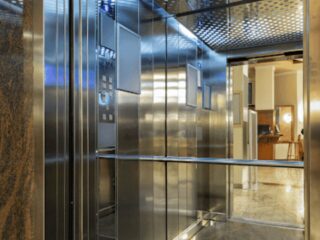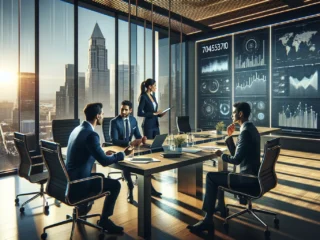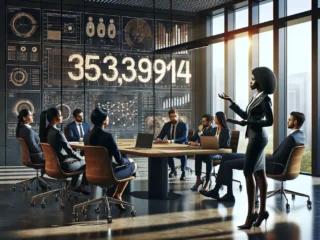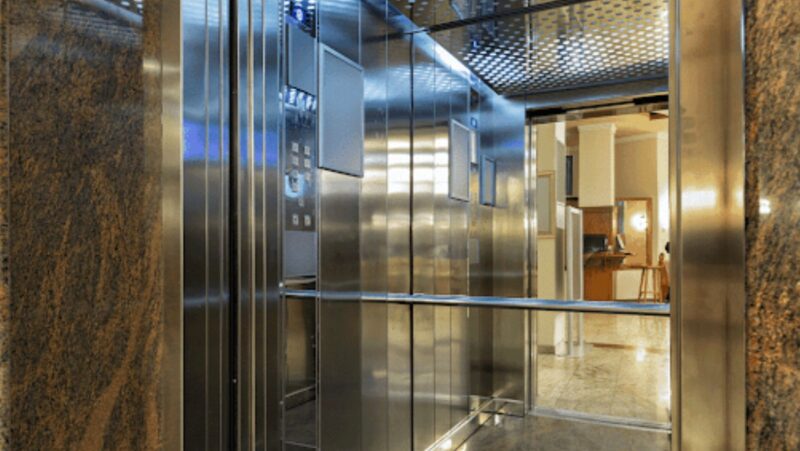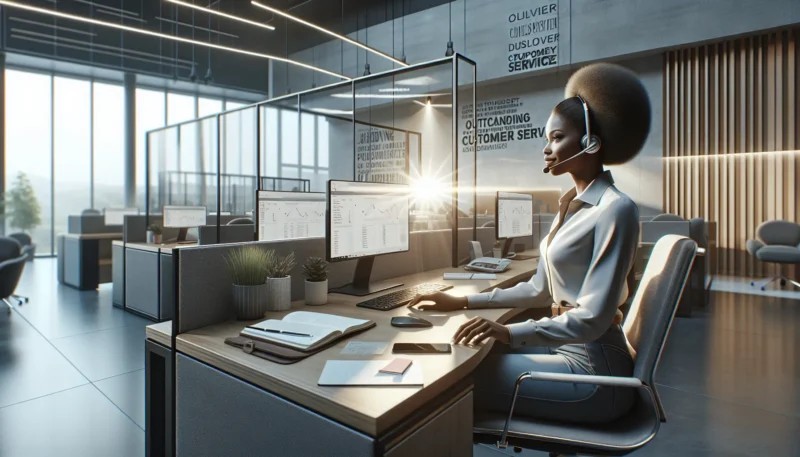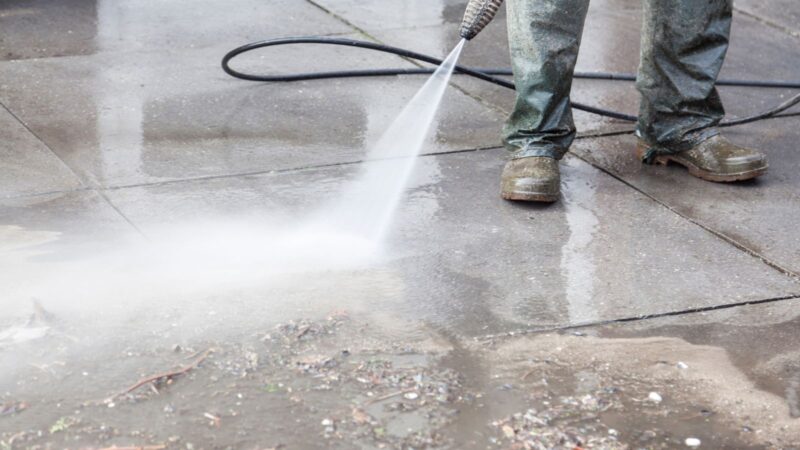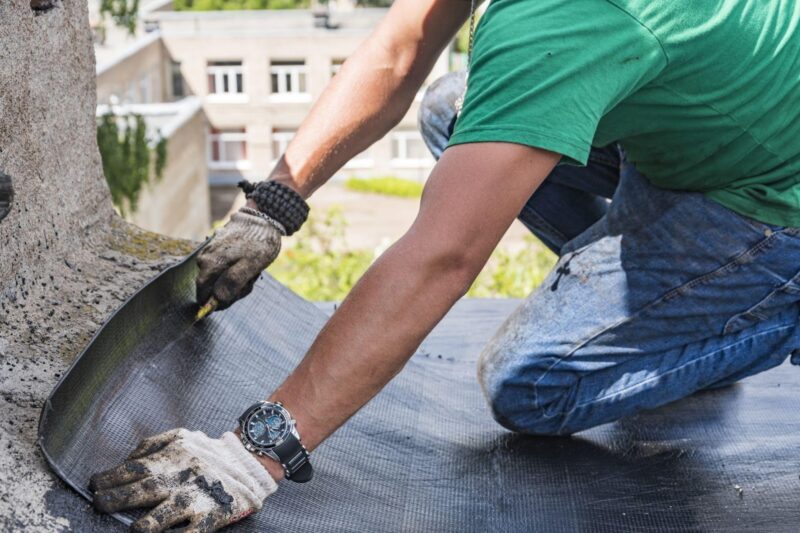

Self-storage facilities allow you to keep your items for a certain period. Some of these items are important and sentimental, and you want to protect them. Security is of utmost importance, and self-storage providers should do everything to make the facility safe and secure.
Below are some of the most common security features that self-storage units have.
Electronic Gate Access
This is the first line of defence in any self-storage facility. The main door or gate has an electronic keypad. The self-storage security personnel guard the entrance for the entire time. Customers can access the facility using unique access codes.
An electronic gate access prevents unauthorised entry to the facility, enabling facility managers to monitor the people coming in and out. It adds another layer of security from the main entrance alone.
Video Surveillance
Storage facilities have surveillance cameras everywhere to deter potential criminals and record any suspicious activity. Video footage is evidence of any security breach, theft, or damage in the facility. Managers can also share the footage with law enforcers to identify and arrest culprits faster.
On-Site Resident Managers
Many storage facilities have on-site resident managers, such as those in Wrexham self-storage. They live in apartments or quarters within the premises that the storage company provides, which allows prompt response to any suspicious activity.
Some of their tasks include:
●Helping clients with payments, rentals, enquiries, concerns, and issues they may have.
●Clean, landscape, and do minor repairs within the facility to maintain its good condition.
●Conduct security checks, monitor the premises, and respond to any emergency within the facility.

●Assist and collect rental payments from clients.
●Sell packaging items like boxes and tapes to customers who need packing materials.
●Handle paperwork, such as managing rental agreements, filing client invoices, and maintaining records.
Putting an on-site resident manager in charge helps secure self-storage facilities on its every operating day and improves customer satisfaction.
Individually Alarmed Storage Units
Every storage unit in the facility has individual alarms that ring loudly in case of unauthorised access. Most self-storage facilities assign you your self-storage unit and ensure only you can access it for your peace of mind.
Limited Security Access
In a self-storage facility with multiple floors, limited access is a must to keep track of the people going around each floor. Some facilities only give you access to the floor where your unit is. It helps maintain a secure storage facility for every client.
Adequate Lighting
A storage provider should always have proper lighting within the facility for these reasons:
●Security: Proper lighting detects and identifies suspicious behaviour on the premises. Thieves avoid the well-lit areas when committing their crimes.
●Safety: Ample lighting contributes to a secure self-storage facility by minimising the risks of slips and minor accidents for staff and clients, especially in dimly lit and outdoor areas.

●Surveillance: Good lighting enables security cameras to provide clear images and videos with minimal shadows, which could help the management identify gaps in security and potential criminals.
●Accessibility: Navigating the facility is easy when every corner is well-lit. You can quickly locate your unit and get your belongings, especially during early mornings or late nights.
●Professionalism: A facility gives off a professional image when the lights are turned on most of the time. It makes clients confident to store their items in the facility.
Any lighting issues should be addressed immediately to prevent any accidents and crimes from happening.
Fire Safety Measures
An important part of a facility’s security measures concerns fires. They have smoke detectors, fire alarms, sprinklers, fire extinguishers, and hoses to suppress and put out fires in a fire emergency.
Access Control Systems
This system is part of self-storage security measures to prevent intruders from breaking into the premises. Some common examples include:
●Keycard entry: Users bring a card to unlock the door and gate. Each card is programmed to access specific levels only. The facility can deactivate the card once it’s stolen or lost.
●Biometric entry: The facility takes fingerprints or retina scans of its clients to authorise and grant access as an alternative to keycards. This kind of entry ensures that clients can enter freely since their scans are already in the facility’s system.
●Electronic keypad entry: Customers use a code on a keypad to access the facility. It tracks the people who came in and their arrival and departure times.
●Mobile access: Some facilities let customers use their smartphones to unlock the doors. This system enables remote management and track access.
●Intercom systems: This is used with other access control systems to know the identities of visitors before giving them access to the facility.
A reputable storage facility must simultaneously use one or a few access control systems to secure the whole area.
Final Words
Robust security measures help a self-storage facility maintain smooth sailing operations and prioritise the safety of the client’s belongings. Implementing these security features can boost their reputation with clients looking for storage facilities. If you want to know more about security before keeping your items in a storage unit, you should ask the facility management if they have additional security features.

